The S.I.M.P.L.E. Steps to Creating a Coaching Culture in My Building or District
Let’s talk about change. You know as well as I do that change in education isn’t just about new policies or tools; it’s about shifting mindsets. By now, we have…
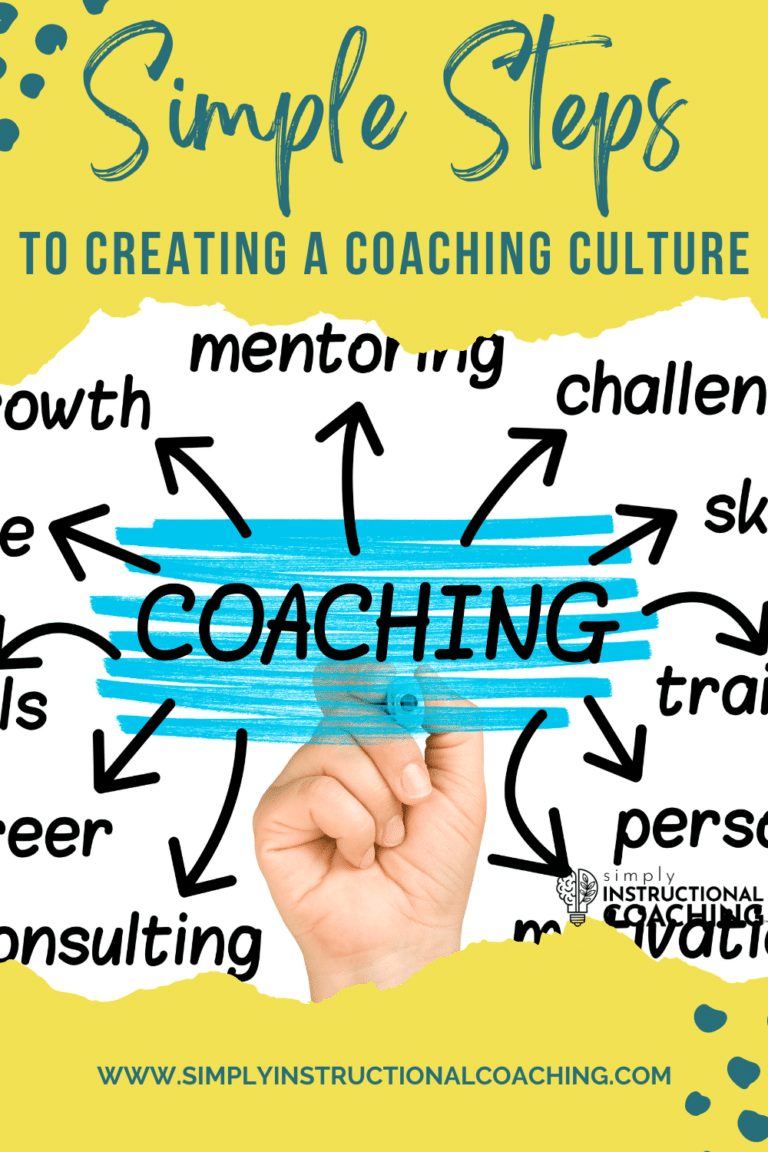
Let’s talk about change. You know as well as I do that change in education isn’t just about new policies or tools; it’s about shifting mindsets. By now, we have…
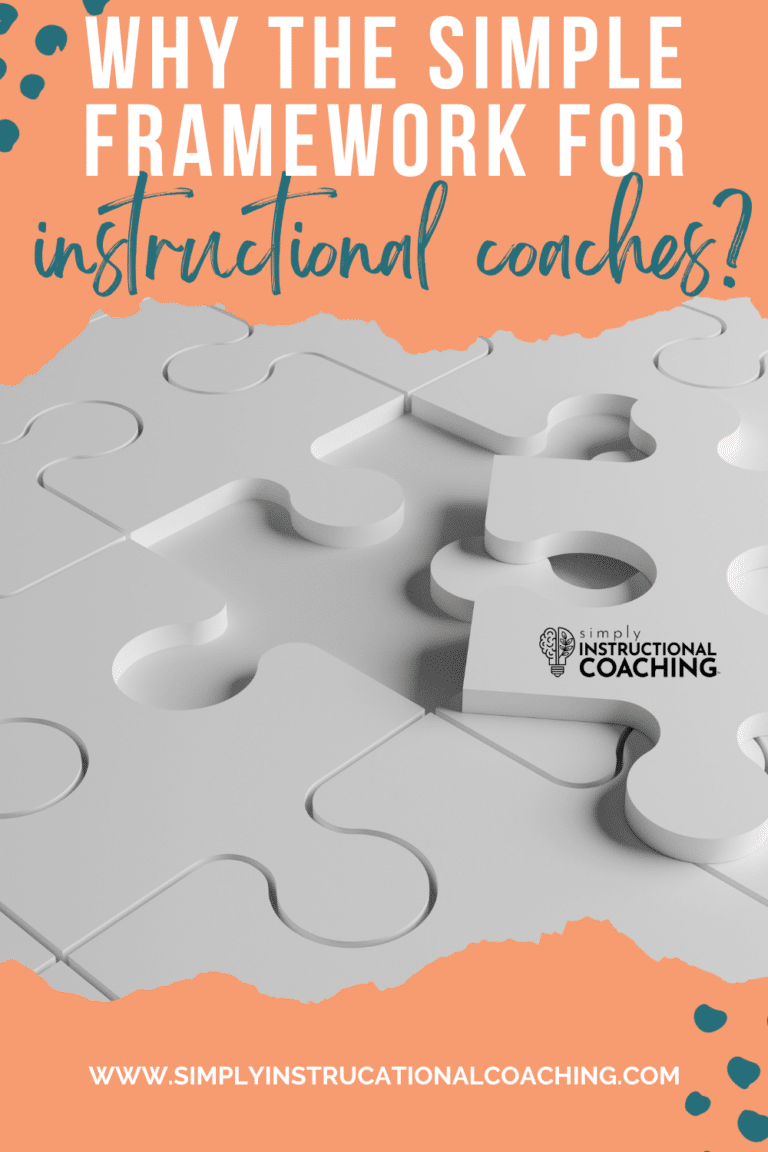
Hey Hey, Coaches! I am sooooo passionate about empowering educators! In my last post, I really emphasized the importance of every teacher having access to an instructional coach. Building on…
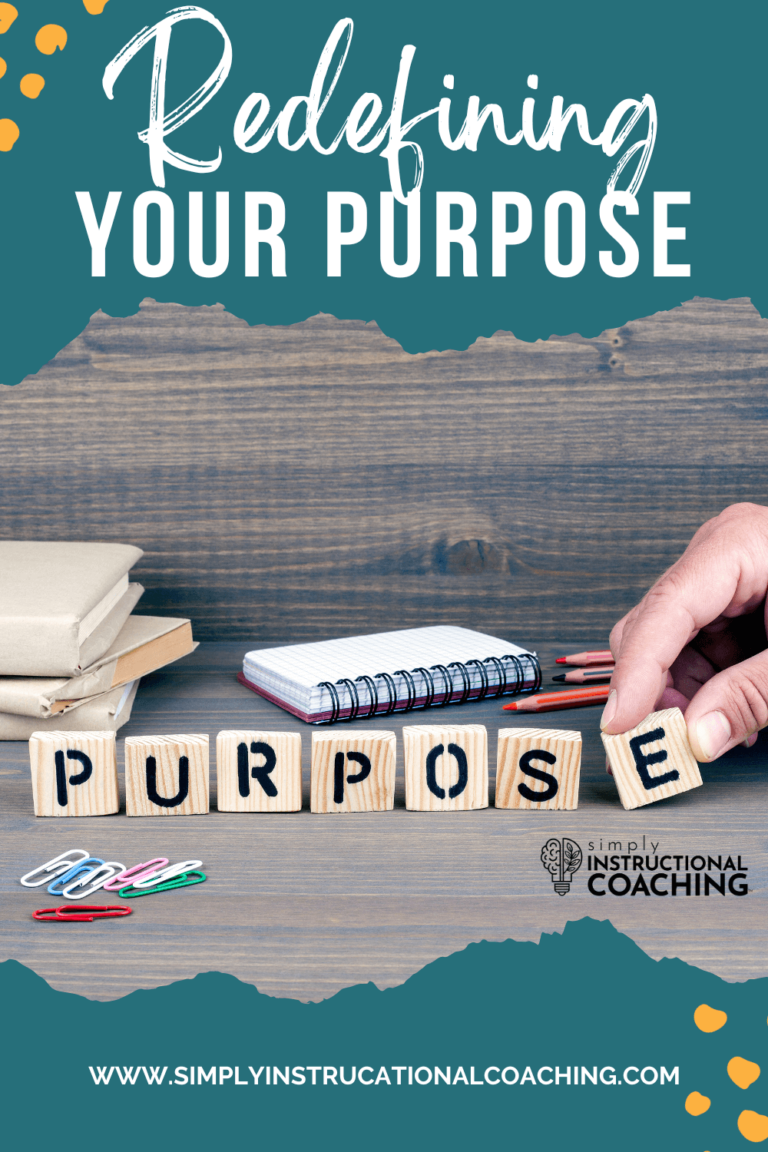
Why do you want to coach teachers? What is your coaching purpose? At the end of the school year, you were probably feeling burnt out and may have found it…
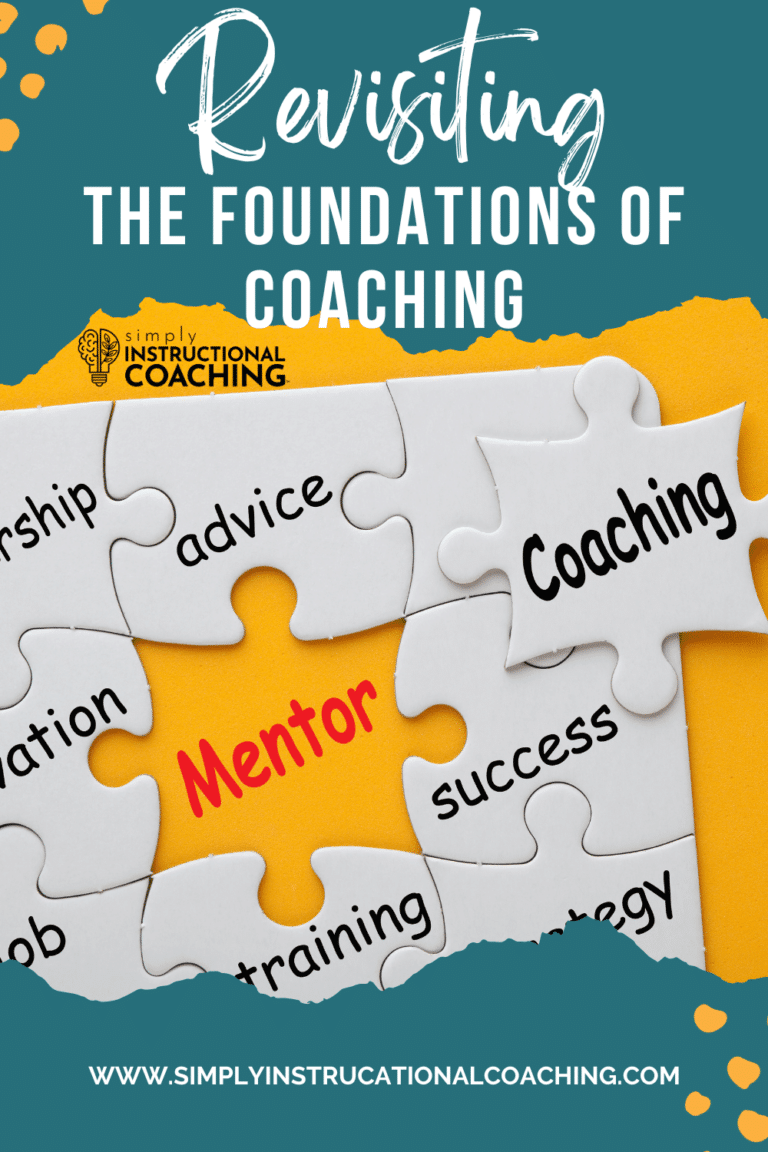
What makes Coaching special? As we wrap up the school year and set ourselves up for reflection, let’s come back to the foundations of coaching. But first, let me tell…
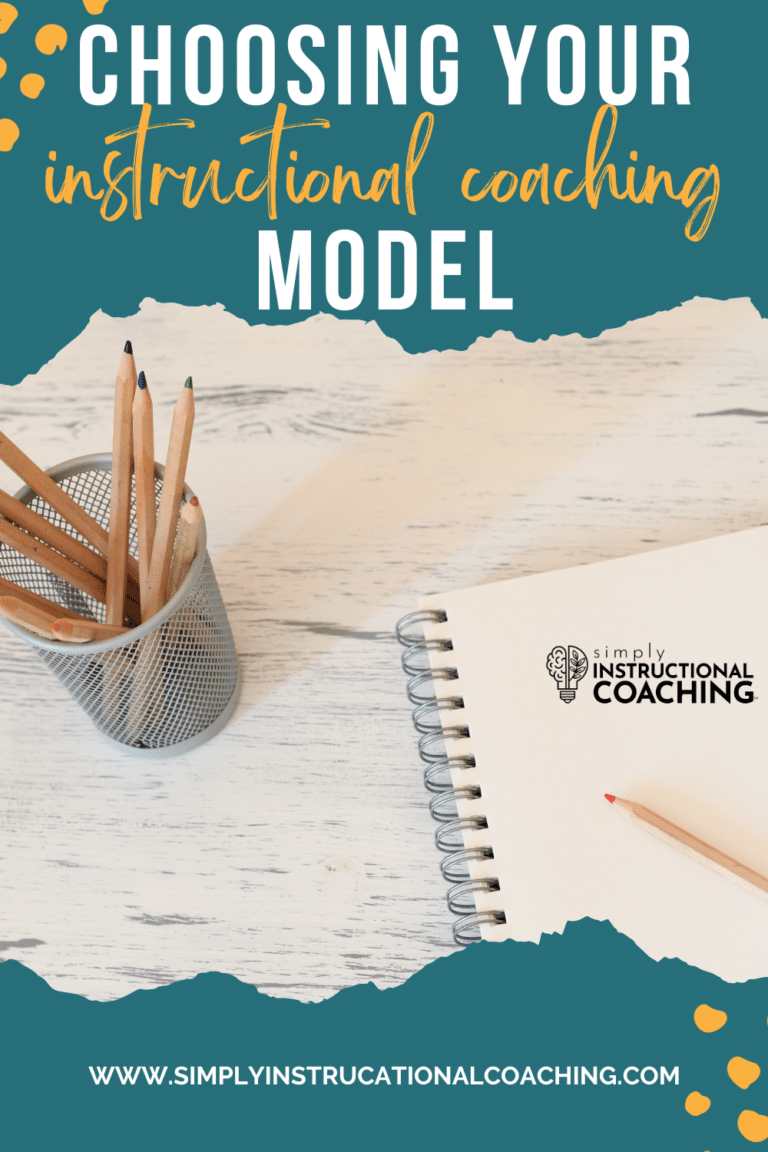
Instructional coaching is an art; just like every type of art, there are several different models you can use to be effective. While there are several different models of arts, it is important you find the right type for the occasion. This holds true for instructional coaching. It’s important that you find a model that works best in your school and in your position.
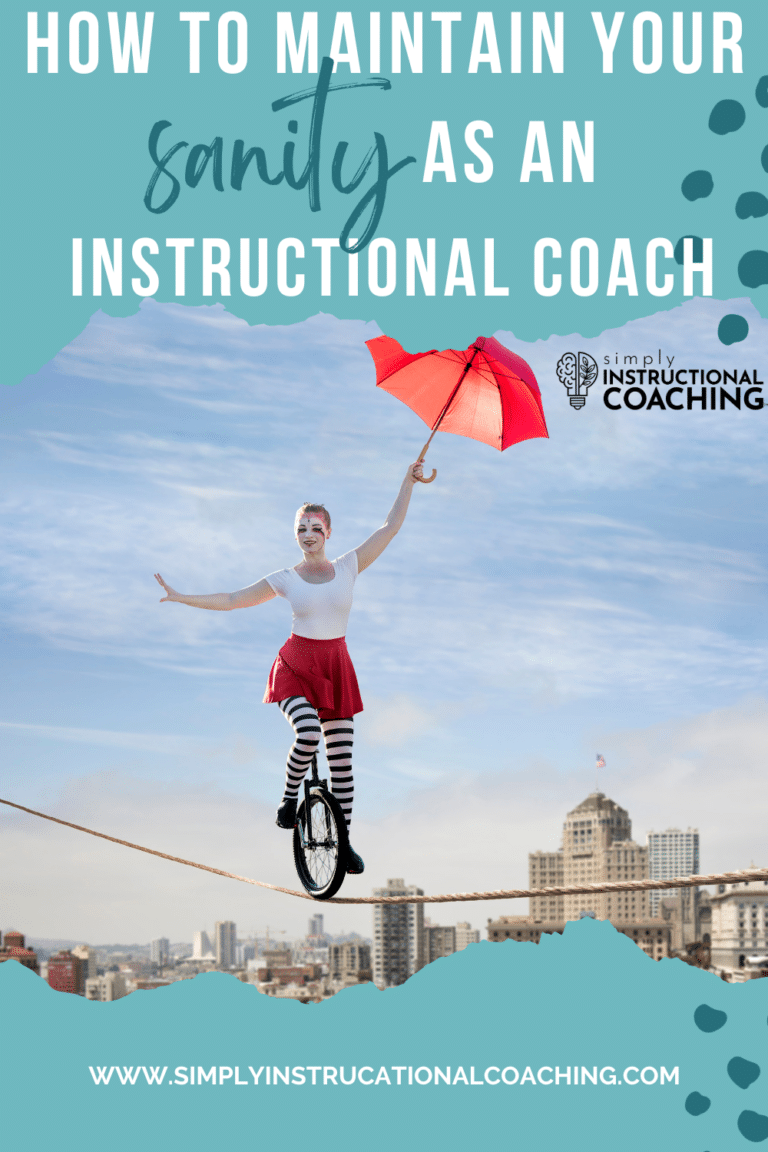
Being an Instructional Coach can be taxing to say the least. We are teachers of teachers. We are data bases. We are advocates for students. We wear so many hats that sometimes the ones that are most important get put on the backburner. It’s important we remember to pull out the “I’m still a person” hat, “mom/dad” hat, or any other hat we previously enjoyed wearing before school started up again. Not getting to wear all the hats you want to can be frustrating, but wearing too many hats can be downright stressful.

Whether or not you are a teacher, coach, aide, doctor, secretary, or truck driver, I think we all have a common thought. How can we make our job a little easier?? Partnering with the principal is one way to help make life more manageable.
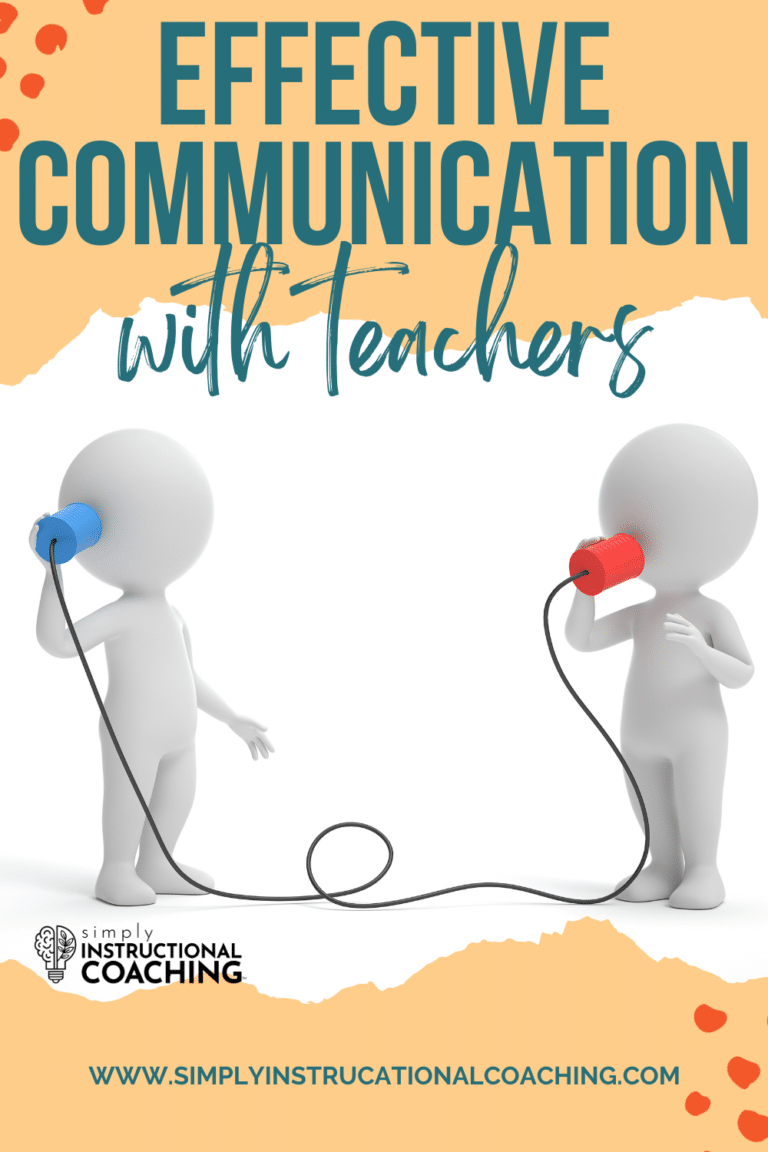
Some of us are born with a natural gift of gab, an ease to every passing moment into a conversation. There are some who fit in the “can’t get a word in edgewise” category. And then there are all the rest of us.
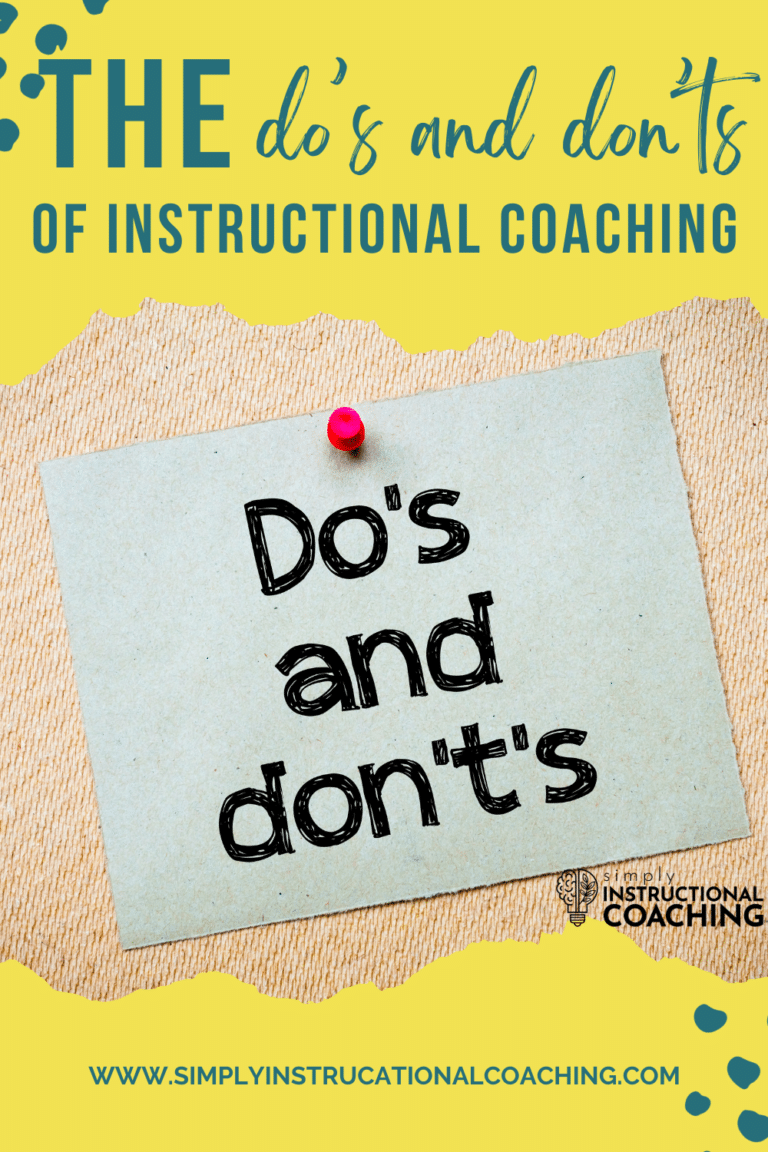
Education, as it’s been known for years on end, is ever changing. Most recently, the change has shifted to include instructional coaches as onsite job-embedded professional development for classroom teachers. We are seeing more and more schools adapting to this quickly spreading idea of bringing in an outside brain for one common goal, the one thing that continues to stay the same in education….student achievement. As with any new idea, there are important strategies to use and to NOT use.
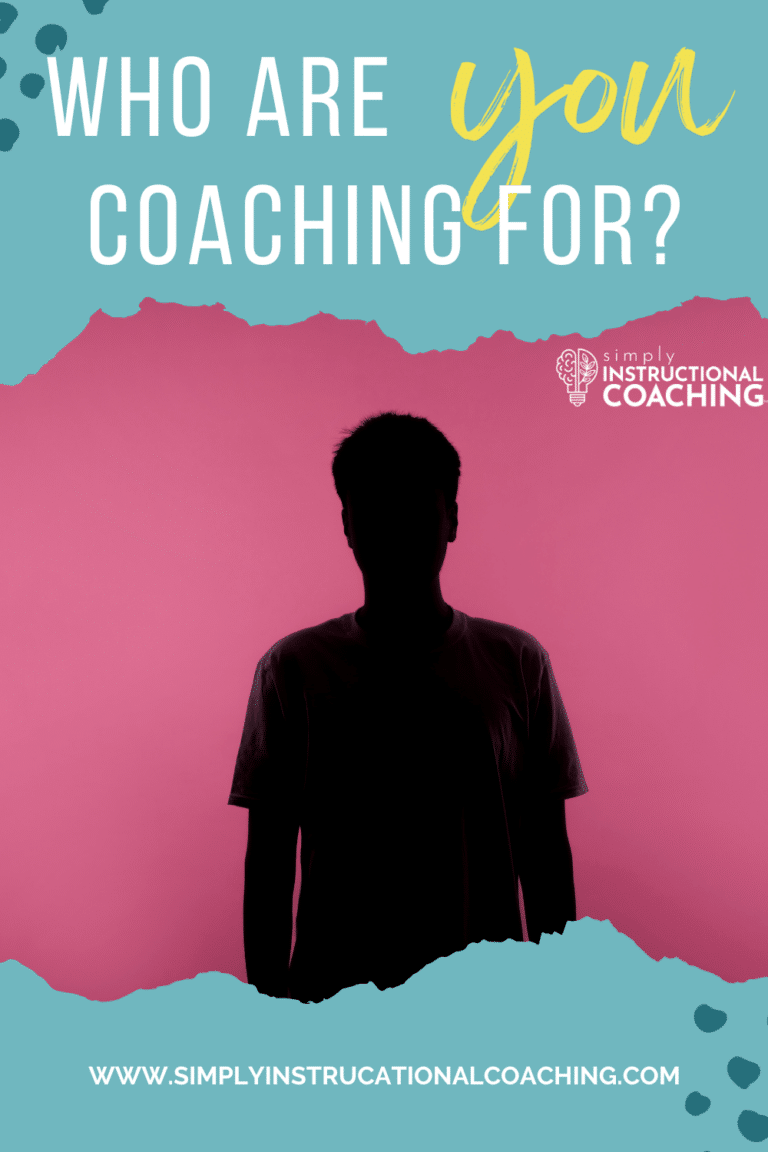
Now that we are wrapping up the end of the year, I like to think about how I can improve my coaching for the next school year. One of the questions I start with…
Who am I coaching for? Am I coaching for Me? Teachers? Students? Community?
This question is more than just a quick reflection for current coaches. If you just snagged your first coaching gig “Congrats!” and this is the question you definitely need to get answered…
Where would you like to log Into?
No products in the cart.
